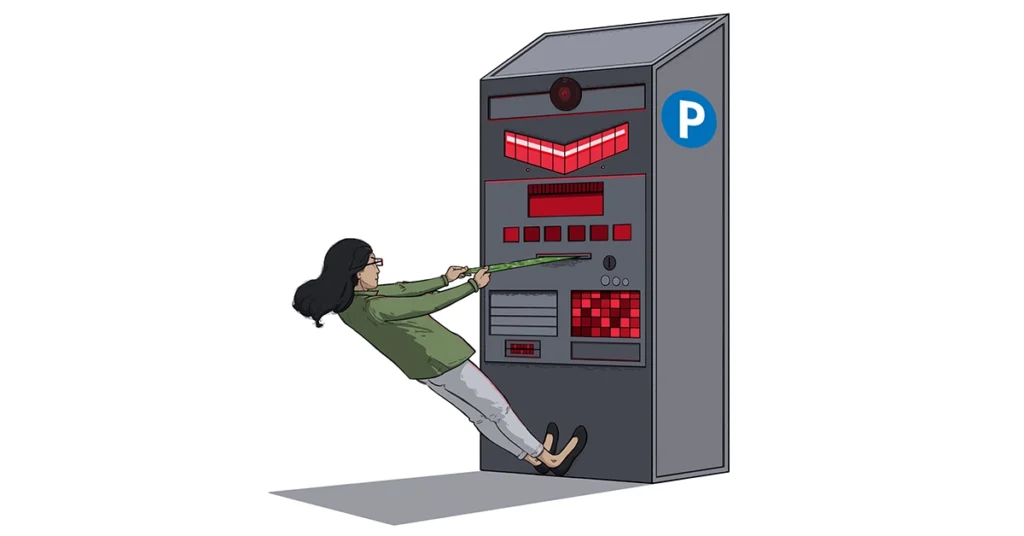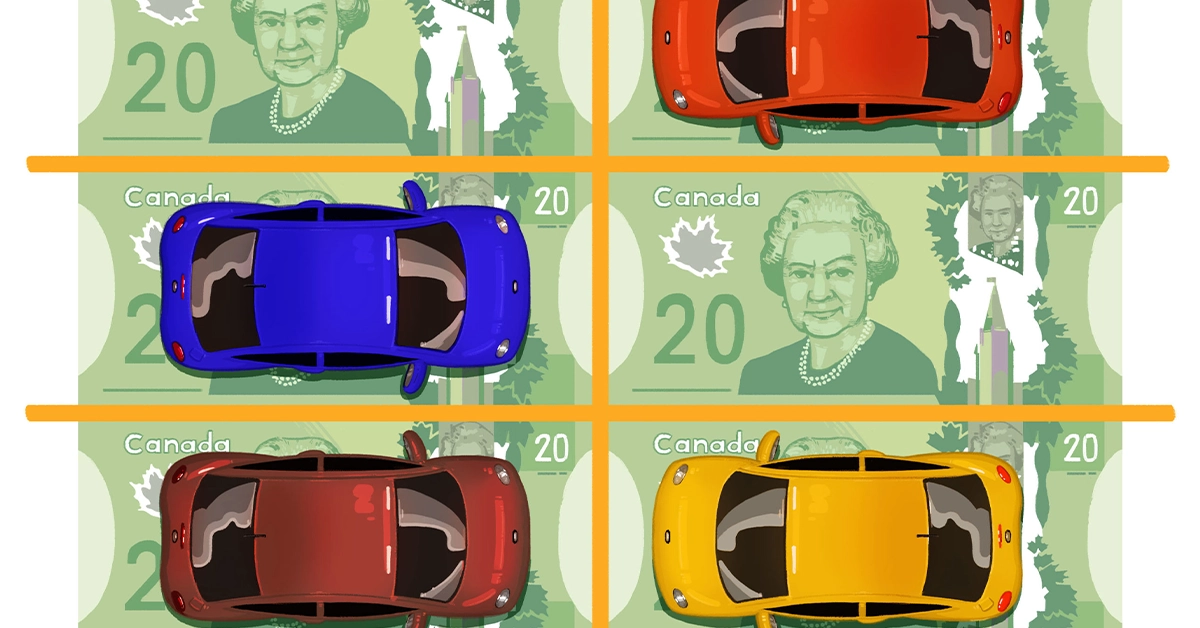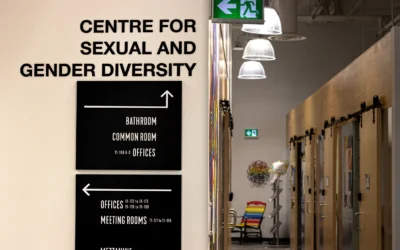With Allard Hall finally open, hundreds of students from the Centre for the Arts and Communications (CFAC) have made their way into the downtown core. While connecting students brings opportunities for the university, it puts a strain on one commodity already in short supply here in the centre of Edmonton: parking.
Transportation services handles parking at MacEwan University as a facet of campus services that serves the university but is still a somewhat separate operation. According to Jim MacDonald, director of transportation services, even though the university has a hand in financing parking space, it’s up to the parking division to make sure its own financial obligations are being met in full and on time.
Parking rates are determined by an independent company that surveys the market in the area, a factor that dictates the price point, MacDonald says.
“You have to be close to the market (price), but you also have to be competitive, and then other factors that we have to take in is parking has to sustain itself.”
“We have to look after us first,” he says.
Stephanie Nedoshytko, president of the Students’ Association of MacEwan University (SAMU), has a much different view, stating that because it is students’ tuition that in part finances the parking lots, students should be allowed a reduced rate.
“I think, first and foremost, parking on campus should be affordable to our students,” she says. “If students are paying for it, I do believe it should be less expensive for students.”
Between parkades, surface lots, and underground parking, MacEwan has around 2,200 parking spots, including 250 stalls that were added during the construction of Allard Hall. The new stalls are located in an underground parkade and an extended surface lot behind student residence.
“We try to promote that there’s options — you can bike, we’ve got Pogo here, we offer staff discounted bus passes. The
parking rate has to be higher
to encourage people to make
a decision.”
-Jim MacDonald
MacDonald, who has been in the industry for over 30 years, says that there will be more than enough room downtown for transplanted west-campus students, even though the amount of added stalls seems woefully small to students who drive.
“There wasn’t even enough parking to service everyone at the university before the new building opened,” says Caleb Fox, a fourth-year communications student. “I have seen the parking situation get progressively worse every year since I started. It’s ridiculous and it adds stress to the lives of students who already deal with huge amounts of stress as it is.”
The revitalization of Edmonton’s downtown, though pretty to look at, means an increased cost for its patrons. Not only will students be vying for available parking spots, but the west-campus students will be paying a significantly higher rate than they did at CFAC.
“I feel that the amalgamation of campuses is a really great idea, and it’s good that we’re all together and that we finally get to really live and breathe what CFAC can do for MacEwan, but it’s so unfortunate that they have to move to one of the most expensive places in Edmonton where parking is at an absolute premium,” says Nedoshytko.
The opening of Rogers Place has also meant more people downtown, and more people parking their cars in the area. The university is allowing the public to park on campus property, and even advertising for game days.
“I’m not going to tell you we haven’t seen revenue from (Rogers Place). It’s good for the university, but it’s not huge amounts of money like people might think,” says MacDonald.
The university’s annual report for 2015-16 does not specify the exact amount of revenue generated from parking, and MacDonald says most of what is brought in from parking fees is used to pay back debentures to the Alberta Capital Finance Authority, which provides financing to local entities for capital projects. However, a budget update from the end of 2015 cited that for the 2016-17 year, MacEwan was expected to see an increase in revenue of approximately $936,000 from parking.
The arguments for expensive parking, however, aren’t just about the bottom line. MacDonald points out that pushing higher prices ensures students and staff are taking more environmentally viable practices into consideration.

“Until parking rates (get higher), people will not make sustainable decisions on how to get downtown,” he says. “We try to promote that there’s options — you can bike, we’ve got Pogo here, we offer staff discounted bus passes. The parking rate has to be higher to encourage people to make a decision.”
The referendum last spring means that all students still receive a U-Pass, the cost of which is included as part of their tuition. This pass covers the LRT and bus systems throughout the city and surrounding areas such as Leduc, Spruce Grove, and Sherwood Park.
However, public transportation simply isn’t an option for some students. The fact of the matter is that having a university campus downtown means there is no easy solution to student parking.
Nedoshytko says the only real way to make change on the matter, and on other matters of importance to the student body, is to start with policy. Parking policies at the university are handled by the board of governors, which has 14 members but includes only one student: Nedoshytko herself.
She says that SAMU’s primary point of advocacy is working to put more university students on the board so that their voices are heard and not just passed by unceremoniously. More student representatives would mean more ground-level issues, such as parking rates, would have a better chance of being changed.
“I understand that our demographic isn’t (just) 18- to 22-year-olds who live with their parents and come to campus,” says Nedoshytko. “It’s single moms, it’s parents, it’s people coming back to school in their 50s, and they might not be able to take the bus and may have to use parking. So it’s really unfortunate.”
Illustrations by Kia Valdez Bettcher.





0 Comments